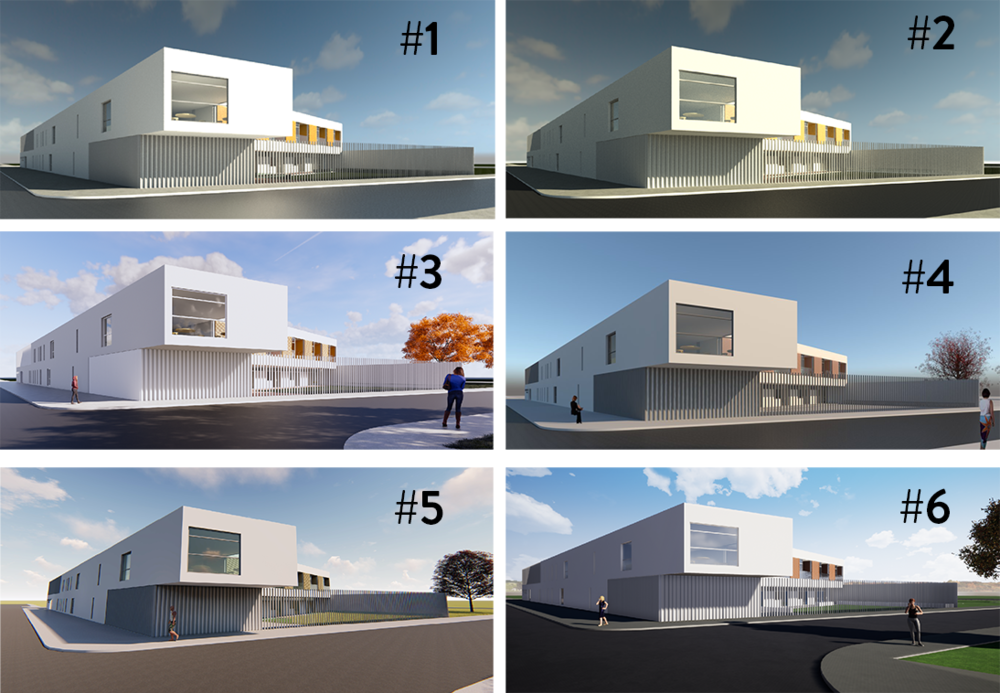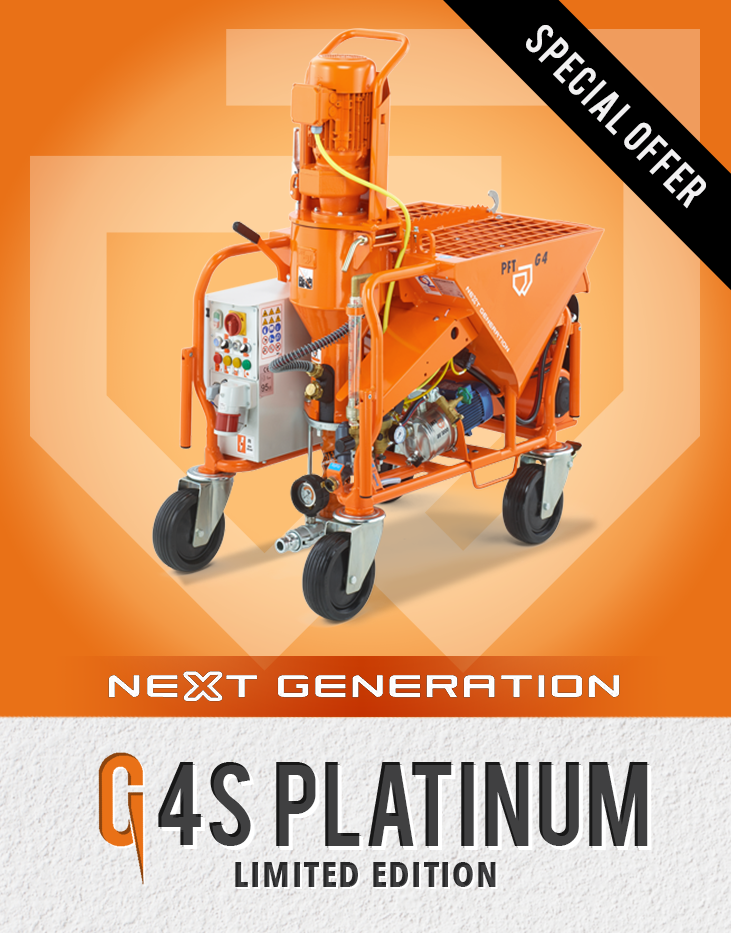What is a Rendering Machine? Exploring the World of 3D Rendering Technology
In the realm of computer graphics and visual effects, the term "rendering machine" often arises. But what exactly is a rendering machine? This article aims to demystify the concept, providing a comprehensive exploration of rendering machines, their functions, and their significance in the field of 3D rendering technology.
1. Understanding Rendering:

Rendering
Before delving into rendering machines, let's first grasp the concept of rendering.
Rendering is the process of generating a final image or animation from a 3D model by applying various calculations and simulations.
It involves transforming raw data into visually appealing and realistic visuals, making it an integral part of many industries, including architecture, film, gaming, and product design.
2. The Role of a Rendering Machine:
A rendering machine, also known as a render farm or render node, is a specialized computer system designed to handle the immense computational requirements of rendering.
It serves as a dedicated resource, aiding in the efficient production of high-quality rendered images or animations.
Rendering machines employ powerful hardware and software configurations to accelerate the rendering process, saving time and resources for users.
3. Hardware Components of a Rendering Machine:

Rendering Machine
To achieve optimal rendering performance, a rendering machine typically consists of several key hardware components.
These may include multi-core processors, high-capacity RAM, powerful graphics cards, and high-speed storage devices.
The combination of these components allows for efficient data processing, simulation, and visualization, enabling faster rendering times.
4. Rendering Software and Applications:
In addition to hardware, rendering machines rely on specialized software to execute rendering tasks.
There are various rendering software options available, each with its unique features and capabilities.
Some popular examples include Autodesk 3ds Max, Blender, V-Ray, and Cinema 4D.
These software packages provide artists and designers with the tools necessary to create stunning visual representations of their ideas.
5. Distributed Rendering:
Rendering machines often employ a technique called distributed rendering.
In distributed rendering, multiple rendering machines work together as a networked system to share the computational load.
This division of tasks allows for faster rendering times and enhanced productivity.
Distributed rendering is particularly useful for handling complex scenes or large-scale projects that require significant computing power.
6. Benefits of Rendering Machines:
The utilization of rendering machines offers several advantages to professionals in the visual effects and 3D rendering industry.
Firstly, rendering machines significantly reduce rendering times, enabling artists to iterate and refine their work more efficiently.
Secondly, they enhance the overall quality of rendered outputs, ensuring realistic and visually stunning results.
Finally, rendering machines alleviate the burden on individual workstations, freeing up resources for other tasks and enhancing productivity.
7. Challenges and Considerations:
While rendering machines provide substantial benefits, there are certain challenges and considerations to keep in mind.
The initial cost of setting up a rendering machine can be substantial, as it requires investment in hardware, software licenses, and maintenance.
Additionally, managing and coordinating a distributed rendering network may pose technical complexities. It is crucial to assess the specific needs and scale of a project before deciding to invest in a rendering machine.
In the world of 3D rendering technology, rendering machines play a crucial role in transforming digital models into realistic visual representations. Understanding the concept of rendering machines, their hardware components, software applications, and benefits is essential for professionals in the field. By harnessing the power of dedicated rendering machines, artists, designers, and visual effects specialists can unleash their creativity, accelerate their workflows, and deliver stunning visual experiences in industries ranging from architecture to film production.